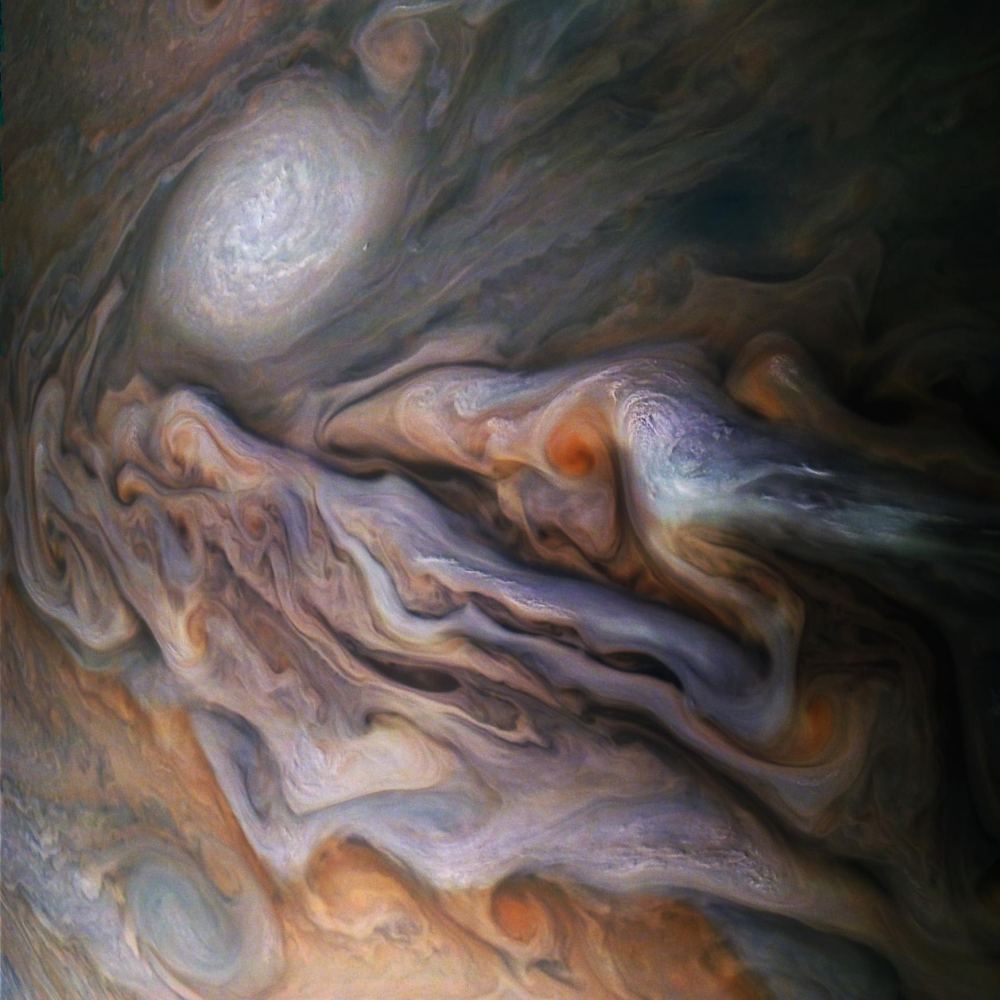In 1995, NASA’s Galileo mission dropped a probe into the atmosphere of Jupiter and found it to be far drier than expected. In 2020, NASA’s follow-up mission Juno explained the mystery: it involves mushballs.
When NASA’s Galileo probe reported that the upper reaches of Jupiter’s atmosphere just north of its equator were drier than expected, planetary scientists at the time just chalked it up to bad luck. They had thought that perhaps while the general region is dominated by moist, cooler air, the probe just happened to fall into a hot spot that was drier than normal.
But nobody likes a coincidence, especially scientists, and 25 years later, they found the real reason.
It turns out that the region just north of Jupiter’s equator is overall much drier than you might expect based on atmospheric modeling that we had performed so far. But that atmospheric modeling neglected one key ingredient that was only discovered recently with the Juno mission: mushballs.
The Juno probe discovered that in areas where shallow lightning can occur in the atmosphere, ammonia can combine with water, binding together into a mushier version of hail. As these balls sink, they accumulate more ammonia and water, pulling it down into the depths of the atmosphere.
“High up in the atmosphere, where shallow lightning is seen, water and ammonia are combined and become invisible to Juno’s microwave instrument. This is where a special kind of hailstone that we call ‘mushballs’ are forming,” related Tristan Guillot, Juno co-investigator at the Université Côte d’Azur in Nice, France.
“These mushballs get heavy and fall deep into the atmosphere, creating a large region that is depleted of both ammonia and water.”
Juno has found an abundance of shallow lightning and the associated mushballs in the latitude band just north of the equator, exactly where Galileo dropped its atmospheric probe. And so that probe didn’t just get unlucky, it found the first signs of a much more complex and intricate atmospheric pattern than we had ever realized.

